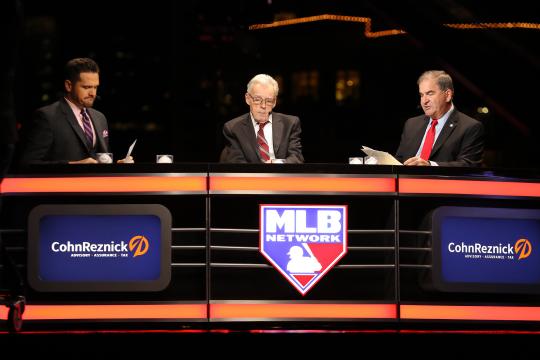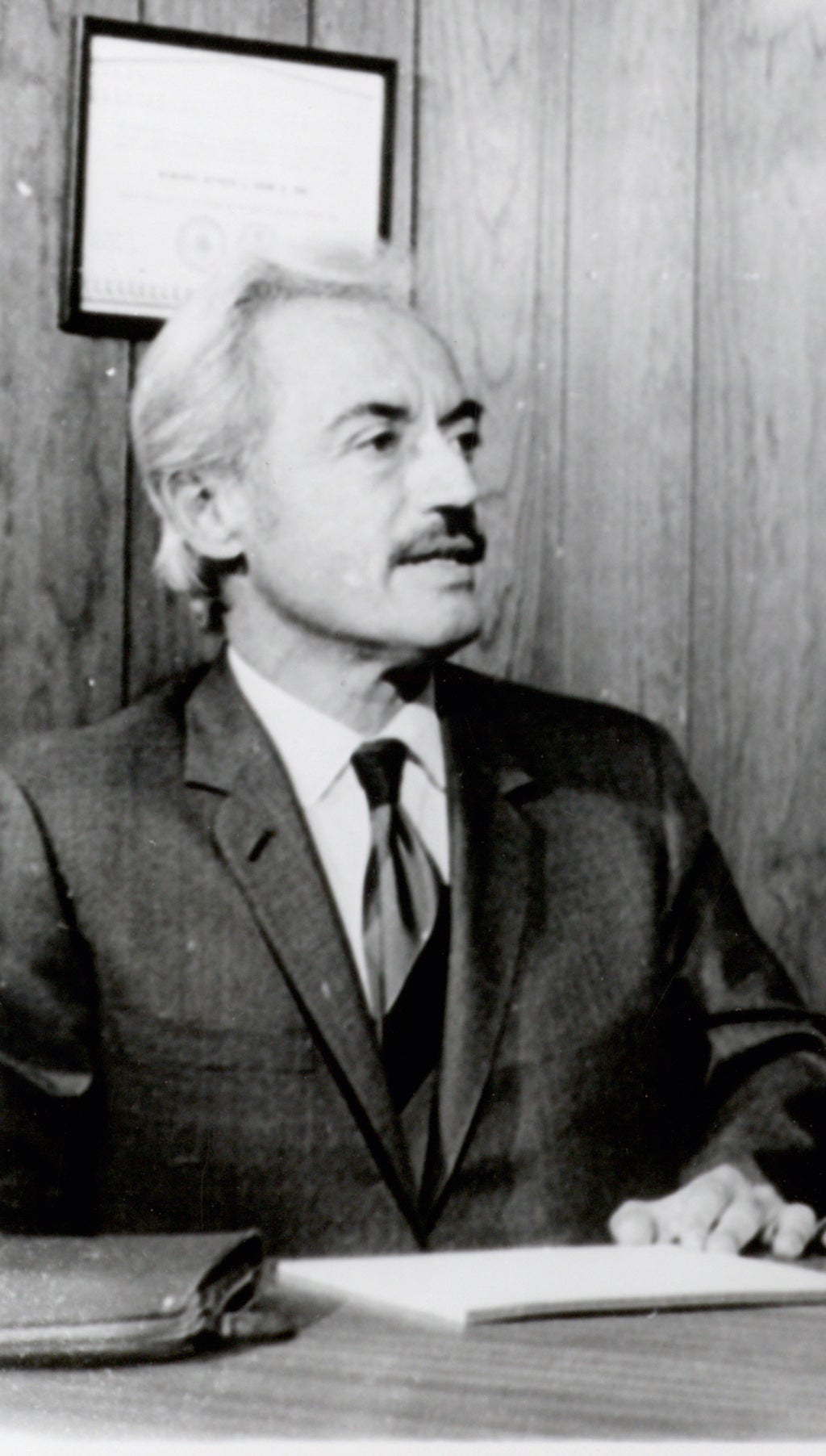- Home
- Our Stories
- Simmons, Miller complete journey to Cooperstown
Simmons, Miller complete journey to Cooperstown
Welcome to baseball immortality, Ted Simmons and Marvin Miller.
Both the longtime catcher and pioneering labor leader have joined the National Pastime’s most exclusive club, becoming teammates on the roster of the National Baseball Hall of Fame.
Hall of Fame Membership
There is no simpler, and more essential, way to demonstrate your support than to sign on as a Museum Member.
The first two members of the National Baseball Hall of Fame Class of 2020 were announced by Hall of Fame President Tim Mead live on MLB Network on Sunday evening, Dec. 8. The two bring the total to 331 elected members of the Cooperstown shrine.
The two electees were among the nine former big league players and one executive that comprised the 10-name Modern Baseball Era ballot that was voted upon at the Baseball Winter Meetings in San Diego. The Modern Baseball Era (1970-87) is one of four Eras Committees, which provide an avenue for Hall of Fame consideration to managers, umpires and executives, as well as players retired for more than 15 seasons.
Minutes after the Hall of Fame news was released, the 70-year-old Simmons was on a conference call with the media sharing his thoughts on the career-topping moment. Miller passed away at the age of 95 on Nov. 27, 2012 in Manhattan, New York.
“This is a great, great day in my life,” said Simmons, who was named on 13 of 16 ballots, surpassing the 75 percent threshold necessary for election. “When I finally got the call, it was real special and I was very pleased about it.”
Simmons began his major league career in 1968 and went on to play 21 seasons, including 13 with the St. Louis Cardinals, five with the Milwaukee Brewers and his final three as a member of the Atlanta Braves.
The owner of a career .285 batting average, the switch-hitting catcher also totaled 248 home runs and 1,389 RBI in 2,456 big league games.
“I have to be honest that if it weren’t for the analytics people, my career as a potential Hall of Famer probably would have been shut down and forgotten about a long time ago,” said Simmons, who lasted only one year on the Baseball Writers’ Association of America ballot, receiving 3.7 percent in 1994.
“When they started talking about on-base percentage and WAR a real compassion started to develop. I played in an era with (Johnny) Bench and (Manny) Sanguillen and (Carlton) Fisk, (Gary) Carter, (Bob) Boone, (Steve) Yeager, all these people went through that period as catchers.
It’s difficult to matchup with people like Bench. But in the past 15-20 years since the analytics departments have become so in-depth, people started looking at me and revitalized my candidacy for the Hall of Fame.”
Simmons, who became the first player elected to the Hall of Fame after falling off the BBWAA ballot after one election, never struck out more than 57 times in one season and finished 10 seasons with more walks than strikeouts.
Among major leaguers who played at least 50 percent of their games as a catcher, he ranks second all-time in hits, doubles and RBI. An eight-time All-Star, he collected at least 90 RBI eight times and drove in at least 100 three times. He batted at least .300 on seven different occasions.
A Michigan native, Simmons admitted to looking forward to meeting one special member of the baseball shrine.
“The guy who meant the most to me as a Hall of Famer and as a person and as a former player was Al Kaline,” said Simmons, who added that his only two trips to Cooperstown came as part of a Hall of Fame Game contingent.
“I grew up in Detroit and he was my favorite player, he was my idol. He has no idea how he has impacted me in my lifetime. I hope the first Hall of Famer I meet the day I show up is Al Kaline.”
Near the end of the press conference, Simmons told the media that he has no regrets in the time it took to finally reach the game’s Valhalla.
“There’s never too long a time to wait if you finally make the leap. Today I finally did. How did I deal with it? You deal with it just like you do anything else. I say it’s supposed to be just like it was,” a reflective Simmons said. “I lived a charmed life. When I was a little boy I wanted to be a Major League Baseball player. Just like millions and millions and millions of other people. I got to do all that.
“So in the past years when I was not elected to the Hall of Fame, I couldn’t in good conscience walk around with a chip on my shoulder or angry at people because I wasn’t put in earlier. Baseball has been so wonderful to me and my entire family. If I had spent one second walking around grieving or angry I would have been ashamed of myself. My life has been way too good.”
Simmons and Miller, who was named on 12 of 16 ballots (75 percent), will be joined in the Hall of Fame Class of 2020 by any electees who emerge from the Baseball Writers’ Association of America voting, which will be announced on Tuesday, Jan. 21.
Miller spent 17 years as executive director for the Major League Baseball Players Association from 1966 to 1982. He joined an organization with minimal assets and developed it into one of the most successful unions in the history of American labor. During his tenure, vast improvements were made for players in a variety of areas including salary, pension benefits, free agency, arbitration and employee rights. He negotiated for additional revenue for players in the areas of licensing and pushed for safer on-field playing conditions as well as improved clubhouse spaces.
By the time of his retirement, players’ salaries had increased almost 10 times from when he took over.
Results of the Modern Baseball Era Ballot (12 votes needed for election): Ted Simmons (13 votes, 81.3%); Marvin Miller (12 votes, 75%); Dwight Evans (8 votes, 50%); Dave Parker (7 votes, 43.8%); Steve Garvey (6 votes, 37.5%); Lou Whitaker (6 votes, 37.5%); Tommy John, Don Mattingly, Thurman Munson and Dale Murphy each received three-or-fewer votes.
Simmons and Miller will be inducted in Cooperstown on July 26, 2020, along with any electees who emerge from the BBWAA election.
Bill Francis is the senior research and writing specialist at the National Baseball Hall of Fame and Museum






